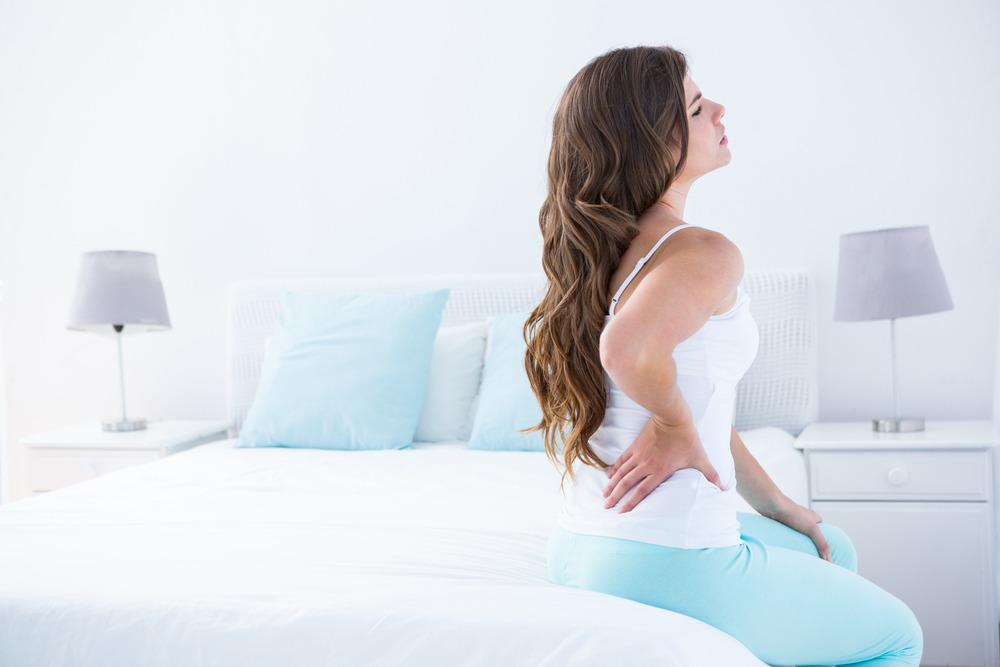For those who are not familiar with idiopathic scoliosis, it is an abnormal curvature of the spine. It is also the most common variation of scoliosis and affects 2 percent to 4 percent of all adolescents. While the incidence of scoliosis is generally the same in males and females, the risk of curve progression is significantly greater in females. That said, idiopathic scoliosis can lead to rib deformity, respiratory problems, and cosmetic problems that can adversely impact an individual’s emotional state. Fortunately, there are a number of treatments that are useful in reversing or preventing the progression of the spinal condition. In this article, we take a closer look at idiopathic scoliosis and whether or not a back brace may be able to provide relief.
WHEN SHOULD SOMEONE SEEK TREATMENT FOR IDIOPATHIC SCOLIOSIS?
Because idiopathic scoliosis primarily affects teens, the information in this article will be aimed at treating and reversing the condition amongst those in that age group. That aside, the ideal time to seek treatment for idiopathic scoliosis is before an adolescent growth spurt as the condition may worsen significantly after that point. While there are several treatment options available to those with this condition, it is important to note that a severe spine curvature of 40 to 45 degrees may require surgery. However, in most cases, wearing a rigid back brace can help prevent and potentially reverse spinal deformity, according to the National Institute of Health.
WHEN SHOULD YOU CONSIDER A BACK BRACE?
In understanding idiopathic scoliosis, it is important to note that the condition is characterized by any lateral curvature of the spine measuring at least 10 degrees as per the Cobb angle, which is the scientific method used to delineate the extent of side-to-side spinal curvature. If the Cobb angle exceeds 10 degrees but is less than 25 degrees, corrective action may not be required. However, patients will need to follow up with their physician every 4 to 6 months to determine whether or not the curve is progressing. If the Cobb angle exceeds 10 degrees but is less than 25 degrees, corrective action may not be required. However, patients will need to follow up with their physician every 4 to 6 months to determine whether or not the curve is progressing. On the other hand, corrective action, which may include a back brace, may be necessary if the following conditions apply:
- The Cobb angle measures 25 degrees, and the patient has not reached skeletal maturity.
- The Cobb angle measures below 25 degrees but has progressed by 5 degrees between follow-up appointments.
Assuming the patient falls into one of these two categories, a back brace may be beneficial.
HOW EFFECTIVE IS A BACK BRACE IN TREATING IDIOPATHIC SCOLIOSIS?
While there are exceptions, wearing a back brace as prescribed is a great way to prevent scoliosis the progression. To further illustrate this point, several studies have revealed that wearing a brace is one of the most effective ways to keep the Cobb angle of the scoliosis curve both small and easier to manage. To further put this into context, an adolescent with a scoliosis curve measuring 50 degrees will continue to curve well into adulthood if left untreated.
HOW DOES A BACK BRACE WORK?
A back brace works by applying corrective force on the spine, which in turn, releases the load on the concave part of the curve while simultaneously increasing the load on the convex part of the curve. Collectively, these actions are useful in keeping the cure from progressing and contributing to other health problems. Beyond that, a back brace is a great way to slow the progression of the curve until skeletal maturity has been reached. As far as choosing the right back brace, it is important to work with your physician or an orthotist who can help you choose one based on your condition. Generally speaking, a back brace that is being used to treat idiopathic scoliosis should be rigid as they do a better job in delivering consistent pressure, which can help stabilize the scoliosis curve.
CHOOSING THE RIGHT BACK BRACE SIZE
A custom fabricated back brace is an ideal choice for anyone struggling with idiopathic scoliosis as they offer a better fit and are more effective in slowing the abnormal curvature of the spine. To determine the right back brace size, patients will have to be seen by either a doctor or an orthotist who will measure their body while sitting and standing. These measurements will help to ensure the brace is effective and also comfortable to wear. Once the measurements have been recorded, a custom back brace is then created for the patient. For more information on back brace options for treating scoliosis, call us today at
205-637-1363.







